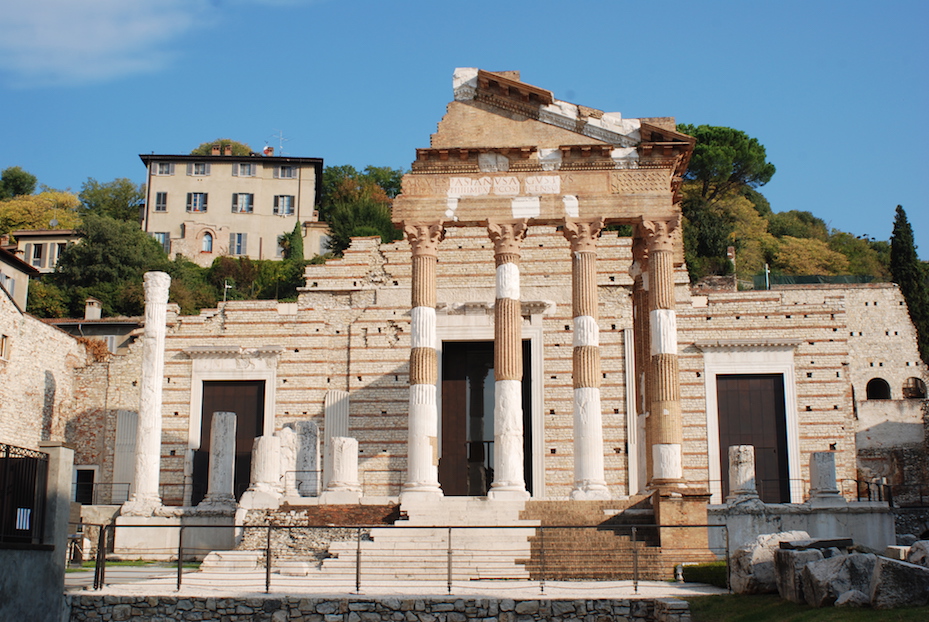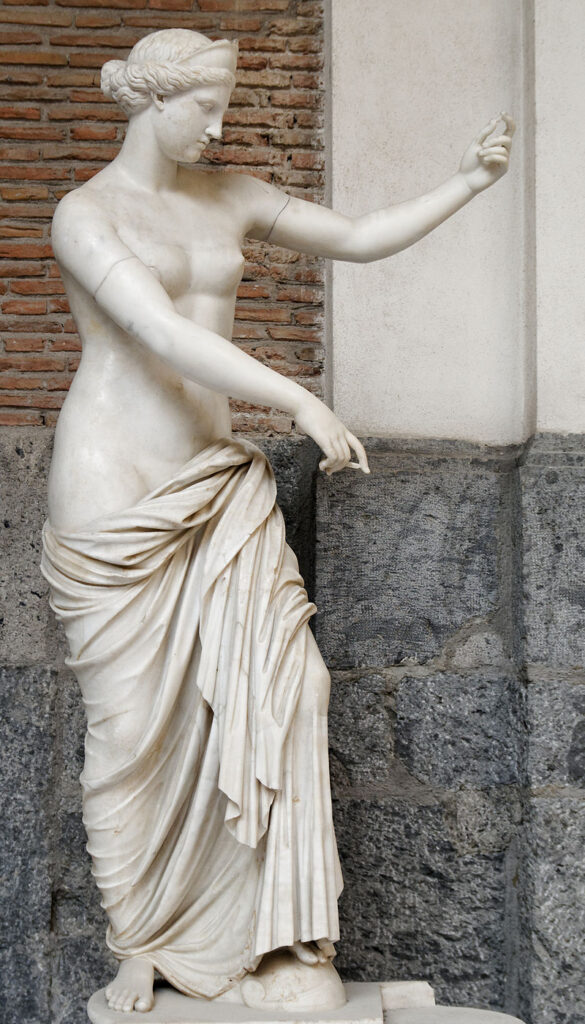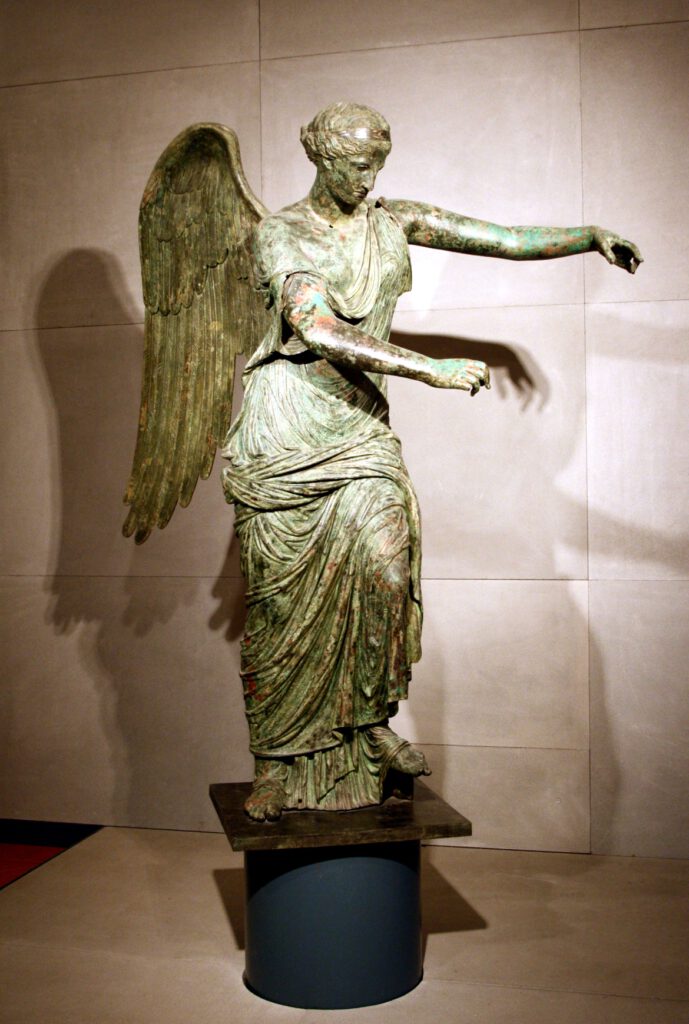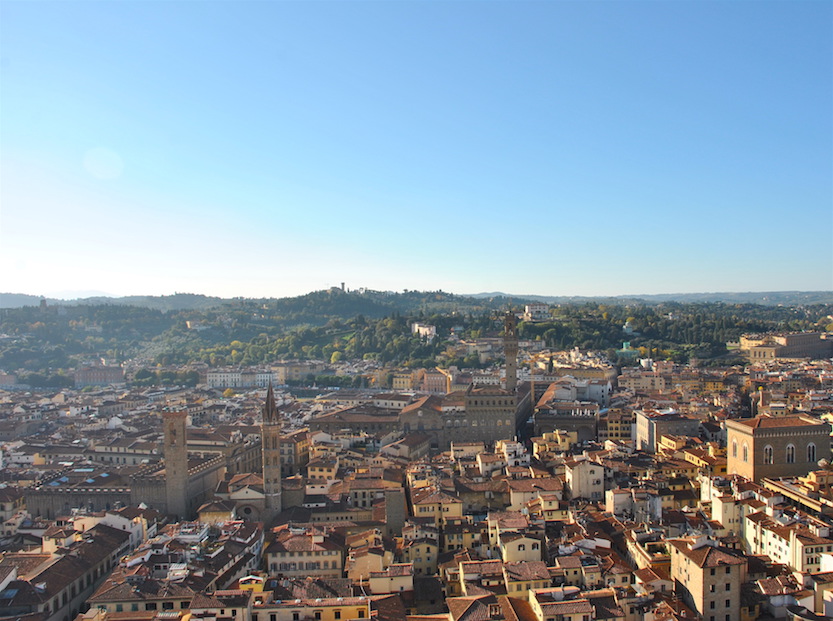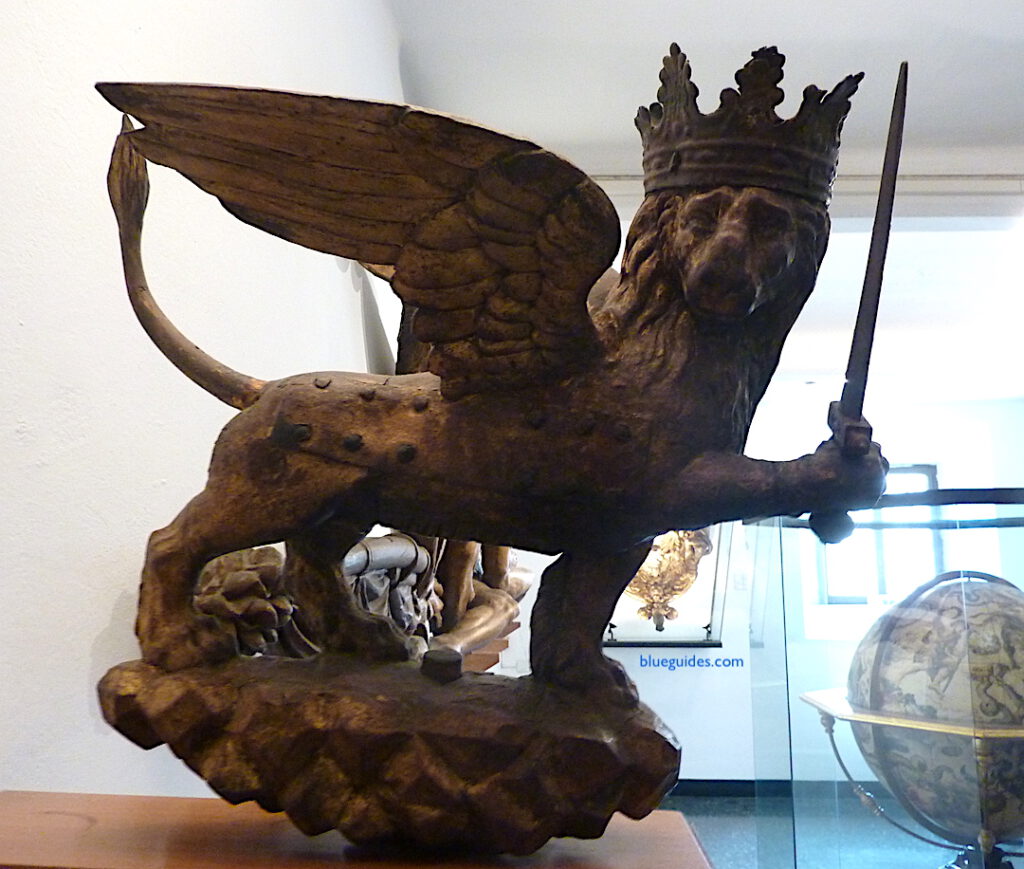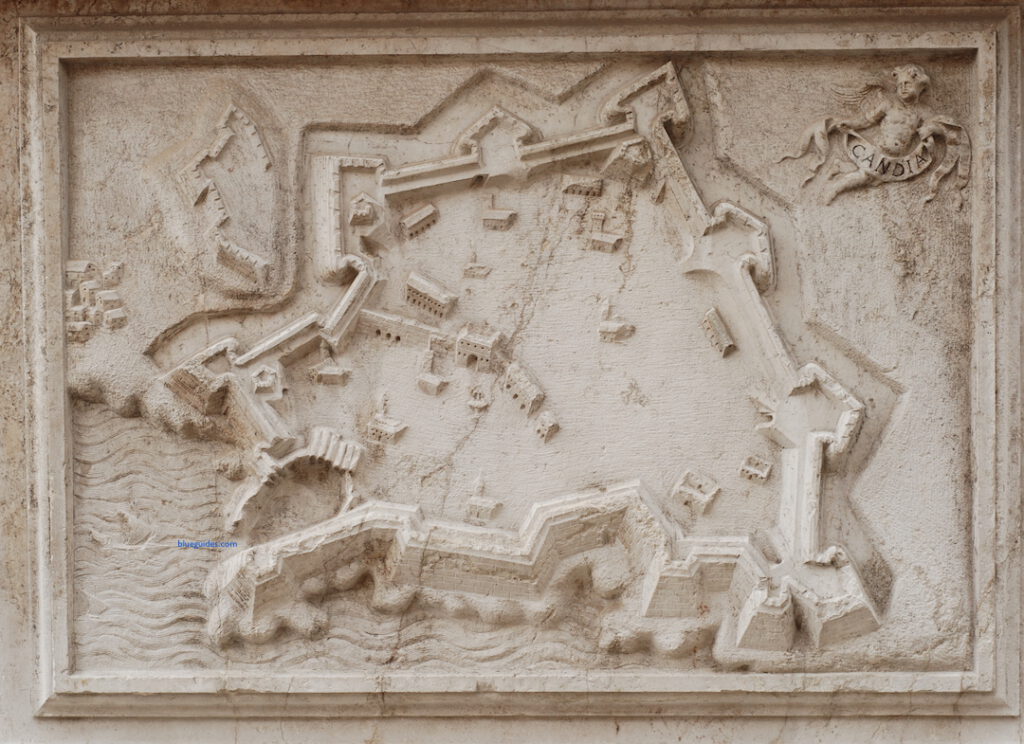December sees the annual major timetable revision by European railway operators. This year, because of the pandemic, it was a somewhat muted affair, and most of the changes – which are fewer than usual – will be implemented at a later date: many international rail services are currently severely curtailed or suspended.
Mark Dudgeon, the Blue Guides rail correspondent, highlights the main improvements which will take effect when international rail services return to some semblance of normality.
Night services
The Nightjet services operated by Austrian Federal Railways (OeBB) have been a rather unexpected success story in recent times. For 2021, Amsterdam will see the return of a sleeper service (to Vienna with through coaches to Munich and Innsbruck) after a hiatus of several years. The Nightjet previously starting and terminating in Dusseldorf will be extended to and from Amsterdam, and will operate daily. Departure from Amsterdam Centraal will be at 19:30, with arrival at Vienna’s Hauptbahnhof at a civilised 09:19; Munich Hauptbahnhof at 07:28 and Innsbruck at 09:14. In the return direction, the train will leave Vienna at 20:13 (Innsbruck 20:44 and Munich 22:50) and arrive in Amsterdam at 09:58. The Brussels – Viennaservice, which was introduced last year, will operate three times weekly instead of two (although the Brussels – Innsbruck portion will no longer run). The two trains, from Amsterdam and Brussels, are joined in Cologne, and run as one train from there onwards to Vienna. The Amsterdam – Munich – Innsbruck portion is detached in Frankfurt.
Most Nightjet services are currently suspended until February 2021 at the earliest. Nightjet.com has full details.
A small but welcome change will see the introduction of a Hungarian restaurant car between Budapest and Salzburg on the sleeper train from Budapest to Munich and Zurich, allowing for a leisurely dinner westbound or breakfast in the opposite direction.
Western Europe
Trains from Switzerland to southern Germany and to northern Italy see some substantial improvements.
• The Zurich – Munich service is significantly upgraded following infrastructure improvements in Germany. The electrification work between Lindau and Munich via Memmingen has been completed, and a new station has been built at Lindau-Reutin which will obviate the need for trains to reverse at Lindau Hauptbahnhof. The resultant reduction in journey time (Zurich to Munich will take about four hours) compensates for the loss of the impressive, scenic approach to Lindau’s main station across the causeway. Six Swiss tilting-train sets will operate this service daily in each direction; unfortunately, it does mean the demise of the excellent first-class Swiss observation coaches on the previous locomotive-hauled services.
• The opening of the 15-kilometre-long Ceneri base tunnel north of Lugano will mean that journey times between Zurich and Milan will be reduced by about 20 minutes. The number of services will increase from six to ten each way, with three services proceeding beyond Milan (one each to Bologna, Genoa and Venice).
Eurostar services have been badly impacted by the pandemic, with only a handful of trains operating for the past several months. On some days the services has been reduced to just one train each way per day, between London and Paris, and London and Brussels/Amsterdam. A more frequent service with the introduction of through trains from Amsterdam to London will hopefully materialise in spring 2021.
The popular Deutsche Bahn ICEs between Frankfurt and Brussels, connecting to onward Eurostar services to and from London, will see two more services per week in each direction.
Central and eastern Europe
• The Vienna – Budapest service will see an hourly frequency throughout the daytime, with an additional three trains in each direction filling the missing gaps.
• The Berlin to Krakow Eurocity train (EC Wawel) will be reintroduced after several years. Leaving Berlin at 10:37, the train travels via Wroclaw and Katowice to arrive at Krakow Glowny at 17:51. In the return direction, departure from Krakow is at 10:11 and arrival at Berlin Hauptbahnhof at 17:16.
• There have been unconfirmed reports that the EC Emona train between Vienna and Ljubljana will be extended to and from Trieste. If this comes to pass, it will be the first regular international express service to cross the strangely impregnable (at least for trains!) Italian-Slovenian border for many years.
And finally, see our tips on using Interrail and Eurail passes to simplify booking and cut costs in this post»







